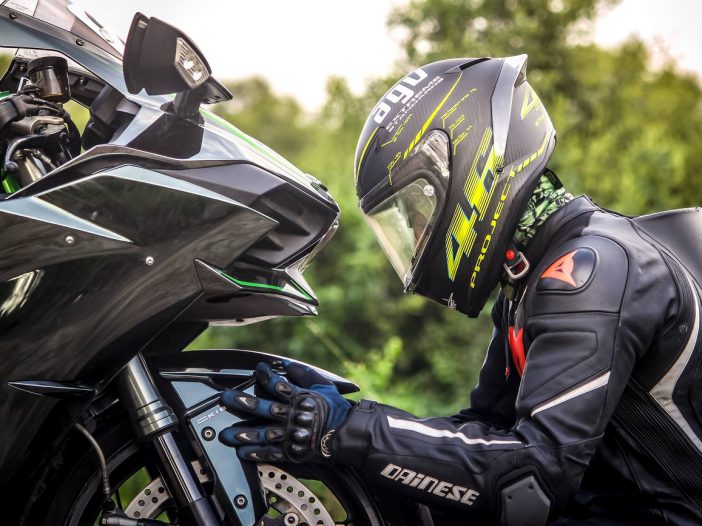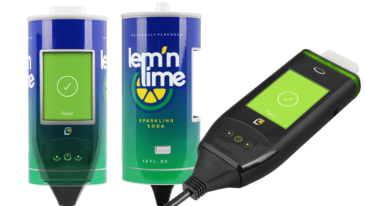
Can You Install An Interlock Device On A Motorcycle?
According to reports and data from the Governors Highway Safety Association, 2017 saw almost 5,000 deaths from motorcycle accidents, about 300 fewer than in 2016. However, motorcycles are still inherently more dangerous than all other traffic deaths. In fact, motorcycle fatalities reportedly occur 28 times more often than any other passenger vehicle based on per miles traveled.
Data also shows that alcohol-impaired riding presents some significant consequences to motorcyclists. About 25 percent of motorcyclists who were involved in fatal crashes in 2016 had a blood alcohol concentration that exceeded the legal limit of 0.08 percent. This is higher than fatalities in any other vehicle type.
Both federal and state governments have taken a variety of active measures to prevent drunk driving, including enforcing existing laws and supporting education efforts within communities. Breathalyzers in cars, or ignition interlock devices, have become an increasingly common tool in preventing drunk driving, effectively reducing repeat DUI offenses by nearly 70 percent.
It’s understandable then to have IIDs as a measure to prevent alcohol-impaired crashes with motorcycles, but it may be slightly more complicated than you think.
What Does an Ignition Interlock Device Do?
Ignition interlock devices connect to the ignition system of your motor vehicle. Before you can start your vehicle, you are required to blow into your ignition interlock device, which measures your blood alcohol concentration. If your BAC exceeds the limit programmed into the device (usually 0.02 percent), it will prevent you from starting your vehicle for a set period of time or until you provide a clean breath sample.
Along with this initial breath test, ignition interlock devices also require periodic rolling retests throughout your drive. These rolling retests require you to submit a breath sample within a certain period of time. If you don’t or if your breath sample exceeds the limit, your vehicle sets off an alarm until you submit a clean sample or stop your engine. Rolling retests are designed to ensure that you don’t have someone else blow into the device to start your vehicle.
The Difficulties of Ignition Interlock Devices for Motorcycles
Ignition interlock devices are designed primarily for cars, which are distinctly different from motorcycles in both design and function. Many ignition interlock device manufacturers can adapt existing car interlocks to motorcycles, but this does come with some technical compromises. Modifications made to an ignition interlock device for a motorcycle have to take into account:
-
- Weather exposure, including dust and moisture
-
- Vibrations and jostling
-
- Secure storage
-
- Power draw
- Operator notifications for rolling retests using auditory signals
Rolling retests can also be a problem for motorcyclists. Aside from the need to create a notification system that can exceed a loud motorcycle engine, the act of submitting a breath sample while riding a motorcycle can present some safety issues.
Preparing for Your Road Test
After installing an interlock device, a road test might be necessary to ensure the equipment does not interfere with the safe operation of the motorcycle. This test is vital for reassessing your ability to manage the motorcycle with the new device installed.
How to Select an Interlock Provider
Choosing the right interlock provider is crucial. A provider like Low Cost Interlock not only ensures compliance with ignition interlock requirements but also supports you throughout the interlock program. They make the installation as seamless as possible and assist with any adjustments needed post-installation.
Can an IID Be Installed on a Motorcycle?
The simple answer is yes. However, not all manufacturers and vendors provide interlock devices for motorcycles or have the tools to modify a car breathalyzer for a motorcycle. The market for motorcycle ignition interlock devices is relatively small. Data suggests that motorcycle interlocks represent less than 0.1 percent of all current ignition interlocks in service.
Based on your state’s interlock device laws, you may not have a choice.
What States Allow Motorcycle Interlock?
Navigating the landscape of ignition interlock laws can be complex. Different states have varying requirements for installing motorcycle ignition interlock devices. This section helps you understand where ignition interlock programs are mandatory for motorcycles, ensuring that you remain compliant with traffic law and maintain your driving privilege.
Navigating the Legal Terrain with a DUI Defense
For those facing a DUI conviction, it’s crucial to understand how it can impact your driver license and the potential for license suspension. Engaging a skilled DUI attorney can provide the necessary defense to navigate the complexities of DUI laws and license revocation procedures.
Many state laws have adapted to include the use of ignition interlock devices for even first-time DUI offenses. However, state laws differ on the extent of motorcycles in operating standards for IIDs. Some states require DUI offenders to install ignition interlock devices on all of the vehicles they own, not just the main vehicle that they drive. In an examination by the National Highway Traffic Safety Administration, 15 of 38 states had such laws. Four states had laws requiring IIDs on all vehicles only in certain cases, while 16 outright did not. Regarding motorcycles specifically:
-
- Two states fully required ignition interlock devices on motorcycles
-
- Five states prohibited the installation of ignition interlock devices
-
- Eight states allowed ignition interlock devices on motorcycles
-
- Eight states have laws that require the installation of ignition interlock devices on motorcycles but do not enforce those laws
- 14 states had no policy involving the use of IIDs on motorcycles
If you are required to install an ignition interlock device, the court will provide a list of approved vendors who should be able to install an IID on your motorcycle.
Sources:


